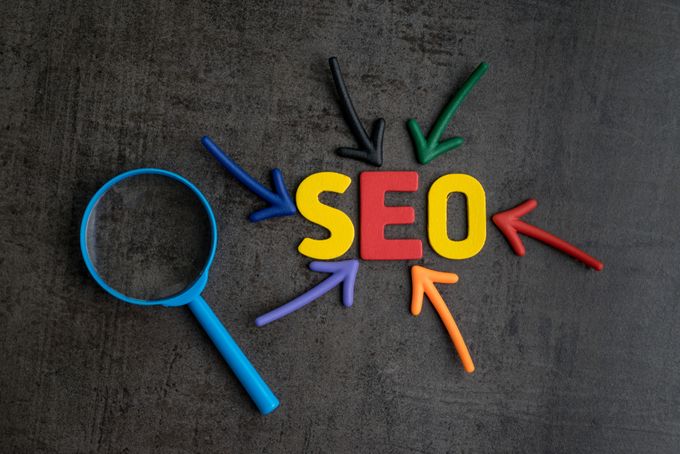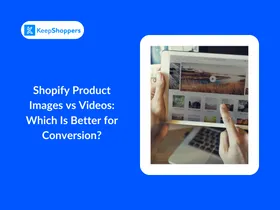How to Improve SEO of Your Shopify Collection Pages
Updated February 10, 2023

AI Summary
Shopify collections are often overlooked and viewed as just “containers” for your products. But they are pages that require focus and show up in search engine queries.
As such, it’d be a smart idea to create your collections with SEO (search engine optimization) in mind.
These collections let retailers arrange their products in a way that makes them easy to compare and more attractive for customers. But in a competitive marketplace like Shopify, if customers don’t find your products when they search for a solution in your niche, the collections are worthless.
And so, in this article, we will see how to optimize your Shopify collection for search engines.
The Importance of Shopify Collections
Shopify collections enable you to group your products into categories. Not only will this make it easier for customers to discover relevant products, but it'll also help them navigate your store. The appearance of your collection groupings naturally depends on your audience type and the products you sell, but they can grouped as such:
- Clothes for women, children, or men
- Items in a particular color or size
- Discounted products
- Seasonal products such as Easter decorations
- New product launches
In terms of SEO, if you handle your collections properly, they can communicate semantic data to search engines via your internal link structure and folder architecture.
This helps Google and other search engines know the kind of queries that your product pages under a particular category are relevant for. It also introduces context and depth to your collection pages themselves, which helps them rank for more relevant search queries.
Improving Shopify Collection Page SEO
Shopify provides you with every relevant field you’ll need to include content on the collection page, and they are:
- Title
- URL
- Meta Description
- Feature Image
- Title Tag
- Description
Now, to properly optimize your collection pages, you have to ensure that each field is properly optimized with the right keywords for search engine queries. Let’s see the best practices to ensure so:
Title Field
- Ensure relevancy. You have to name the page something that will make sense to the user as well as properly describe the purpose of the page.
- Because this is your H1 and it offers a slightly less impactful SEO effect, you can be brandy with its content, but ensure that you include relevant keywords.
- Make sure that your H1 isn’t too long. An extra-long H1 wouldn’t look good to the backend and frontend.
Description Field
This field or section allows you to include keyword-optimized content directly above your product feed.
Featured Image Field
Your featured image section of Shopify’s collection page won’t have a massive SEO impact on the performance of your page. But you want to ensure that you upload a unique, properly optimized, and relevant image for the collection page. Then don’t forget to add targeted SEO alt text.
Title Tag Field
Title Tags are utilized in many aspects of the web, such as:
- Browser tabs
- Titles for posts shared on social media platforms
- Search results
This is a major deal in your page’s SEO, so ensure that you adhere to best practices when creating your title tags: Load the front with your primary target keyword and then round it off with your brand. For example: POST TITLE/KEYWORD - {BRAND NAME}.
Collection Meta Description Field
Your meta description is the text snippet that is beneath the Title Tag of your search results. Even though Shopify permits you to use 320 characters in this field, Google usually displays about 160 characters, so ensure that your meta descriptions are concise, sweet, and straight to the point.
Collection Page URL
This collection page field allows you to create the URL for the page. Once again, be concise, relevant, and straight to the point.
Other Practices to Boost SEO on your Collection Pages
- Add Internal Links: Internal links are powerful in SEO and your collection pages should be linked to other pages of your website.
- Add Quality Images and Videos: Page retention is crucial to good SEO performance. And to keep customers longer on your collection pages, you should use quality images and videos that can keep them engaged as they learn more about your product before purchase.
Conclusion
Improving the SEO of your collection pages is key to getting all the necessary benefits they offer. By following the tips listed in this piece you can expect your collection pages to rank well and be easy for customers to find, thus resulting in greater traffic and sales.





